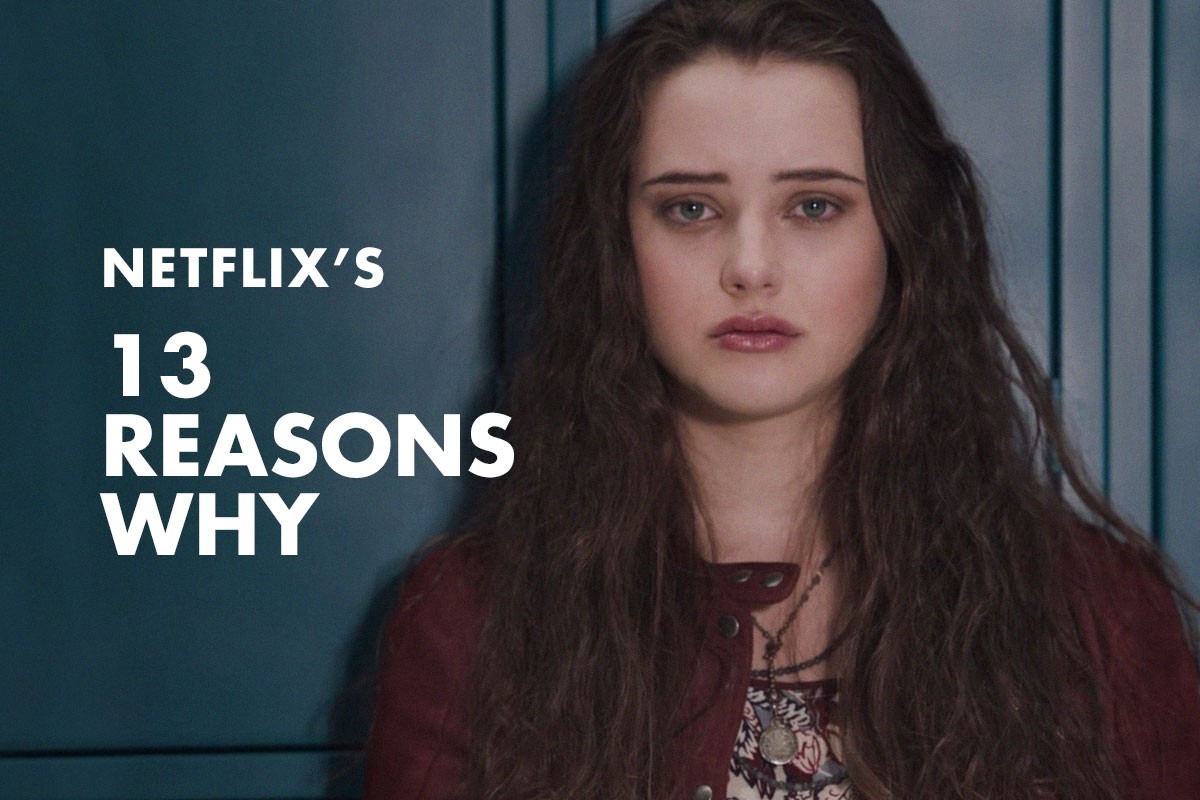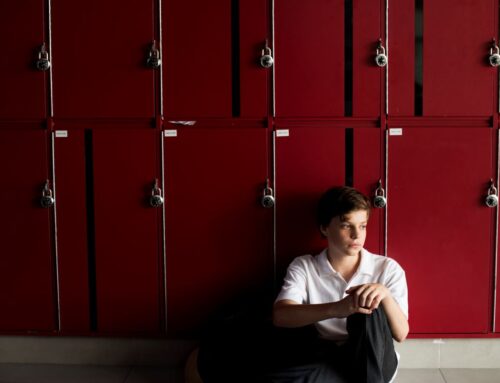Listen to the Podcasts
Episode 1
Episode 2
The Basic Plot
13 Reasons Why is a fictional young adult novel written by Jay Asher (2007) and is as of today, the most watched Netflix ever. It centers around Hannah Baker, a high school junior who is bullied, raped and eventually takes her own life. Hannah leaves behind 13 “tapes” (audio cassettes) that reveal the 13 individuals and what each did or didn’t do that led her to take her own life path to taking her life.
The story follows Clay Jensen, a classmate and friend of Hannah’s, who is socially awkward and seems to suffer from both anxiety and panic disorder. As Clay listens to each of the tapes, he experiences flashbacks and memories of events which he both witnessed and in which he participated in Hannah’s life.
The tapes chronicle Hannah’s experience of adjusting to being at a new school, becoming the subject of a terrible false rumor, losing her best friend, being raped and eventually taking her own life by slitting her wrists in a bathtub, which is a notable departure (among several others) from the book where she swallows a handful of pills. Both the rape scene and suicide scene are shown in extreme graphic detail.
Why is it so appealing?
- It is very realistic, raw portrayal of certain aspects of high school life for teens.
- For a generation of youth who value transparency and “realness”, 13 Reasons checks the box.
- It names, portrays and validates their experience. In other words, teens can watch 13RW and say “Yes! Exactly! That’s what I struggle with.” or “That’s what my life is like.” even if it only accurately portrays a certain aspect or aspects of their life experience.
- It does not shy away from vivid accounts of dishonesty, cheating, bullying, sexual assault, rape, drug use, underage drinking, abuse and suicide.
- It highlights the ever widening generational gap between teens’ and their parents and teachers.
- It depicts the pressures they face to stand out and fit in at the same time, to be “successful” by getting into a good college.
- It accounts (at least for one teen named “Clay”) how awkward teens can feel in social situations.
- It gives them a meaningful point of entry to talk about serious issues such as anxiety, depression, bullying, sexual assault, harassment, and suicide.
- It is suspenseful, emotional and dramatic. By today’s media standards it fits in with what teens consider the best in fictional video entertainment.
- It highlights the extreme pressure placed on girls, both overtly and more subtly, to meet shallow, shifting and unrealistic standards of physical perfection.
Why are So Many Adults Worried?
While parents and other caring adults should be prepared to discuss the many sensitive topics raised in 13 Reasons, you should be very cautious about encouraging students to watch. Yes, teens have watched in the millions, but that doesn’t mean we should encourage it. It is important that as adults we address the series in a balanced way avoiding two extremes: giving it an imprimatur of approval on one end and demonizing it on the other. As adults we want to use this as an opportunity to discuss serious and sensitive topics with teens in a meaningful way.
It is Potentially Triggering
For anyone who is at risk, both teens and adults, the content in 13RW has the real potential to “trigger” old wounds, past struggles and hurts, and produce strong emotions. It’s important that if teens are watching, they know there is someone they can talk to about what they’re experiencing and feeling.
It Romanticizes and Glamorizes Suicide
The research is clear: making the primary victim of suicide (the one who completes the act of suicide) seem heroic or calling too much positive attention to the act of suicide, has the real potential to produce the “copycat effect” or as is sometimes called “contagion effect” or “mimetic effect”. Simply put, it can make someone, especially someone at risk for suicide, more likely to consider it as a viable option. The on screen suicide by Hannah, who is graphically shown slitting her wrists in the bath tub, portrays a violent act as a peaceful experience, violates well researched safe messaging guidelines for suicide prevention. In addition to Hannah, her friend Alex is shown in an ambulance at the beginning of the last episode, only to find out later in the episode he completed suicide by shooting himself in the head.
Talking about Suicide and Glamorizing Suicide are not the same
We must talk about suicide, but in a way that does not make it seem attractive to depressed, trapped or invisible teens. one It’s triggering and although the creators and producers consulted “professionals” out of their desire to not glamorize suicide, they dismissed the serious concerns of many other medical and mental health professionals and professional organizations who cautioned that the content indirectly glamorizes suicide among other concerns.
It Has the Potential for Teens to Over Identify
Visual media, especially with today’s youth, has the ability to stimulate the adolescent brain more powerfully than words (this is called the Picture Superiority Effect). This opens the door for teens to over identify with the characters and the content. In other words, teens may resonate with character traits, experiences, thoughts, feelings and behaviors of certain characters and assume they are just like them. Because the show is so emotionally stimulating, otherwise judicious and discerning teens may assume they are more like the characters than they are. Most concerning, obviously, is that teens would over identify with characters (Hannah and Alex) who take their own lives.
It Promotes the “Victim Mentality”
No one person is totally responsible for the life of another. Period.
The producers of 13 RW intended to wake teens up, helping them to realize that their actions (or lack thereof) affects the people around them. Those of us who work with teens wouldn’t argue that this is a worthy goal of any program or endeavor. The problem is that it goes well beyond challenging teens to think about how they affect others and well into the dangerous territory of blaming adolescents (assigning to them full responsibility) for the suicidal act of their peer. This is unfair and potentially abusive to teens who have lost a friend or loved one to suicide. It has the potential to create paranoia in teens leading them to believe they are responsible for the lives of their peers, with giving little or no responsibility to the victim herself.
Oversimplifies the Complexity of Suicide and Mental Illness. hat are almost always highly complex genetic, physiological, neurochemical and family system dynamics that are often present in the lives of suicide victims. The family of Hannah Baker was neglected, with a hat nod to the fact that she was new. It oversimplified what could have been and are in many cases, genetic factors, exposure to other suicide, and other unhealthy or complex dynamics in her family system. 90% of completed suicides occur in victims who have a treatable mental illness.
It reinforces the notion that one’s self image is totally reliant on the opinion, thoughts, beliefs and actions of others. This is certainly a normal and common struggle with teens, but because of the high likelihood for teens to over identify with characters in the show, it has the real potential negatively reinforce external measures of self worth.
The Drama is ultra concentrated and often unrealistic of normal teen life. It is intense and real (raw, really) –which I believe is a big part of its appeal to teens. It has proven to be triggering for many teens.More teens I’ve known are more like clay, who have times of real awkwardness, lack confidence and are working their way through the social maze of high school. Clay is portrayed as a social buffoon in sharp contrast to his highly socially adept, intelligent, quick witted, sharp tongued, quippy classmates. Teens rarely communicate that well in person. If anything, the show mimics dialogues between teens via snapchat where they have lots of time to shape their remarks and comebacks.
It portrays counseling as silly and ineffective and school counselors as weak, incompetent buffoons who are out of touch with teen life.They made the counselors (w/ the exception of 1) look like clueless buffoons that no real teen could take seriously. While it does accurately portray how overworked school counselors are, most school counselors I know are much more teen savvy than ones portrayed in the show. Sure, there are incompetent individuals in every profession, but now tens of millions of young people may be negatively biased against seeking help from/ or asking their parents for help from mental health professionals.
It holds up suicide as a viable option. It puts the thought in teens minds that “perhaps I too can go out with a bang”, a very complex bang filled with drama, intrigue and retribution.
It blames others for Hannah’s suicide. It also oversimplifies the cause of the fictional suicide it is a fictional tale it does “victimizes” (in an unhealthy way) Hannah, suggesting that she had no other options. I don’t think it even did a great job at portraying that it was her perception that she had no other real options. Suicide is rarely about retribution and most always about not seeing a way out
It has the potential to normalize unhealthy and at risk behaviors. 13 RW contains numerous scenes with teens participating in underage drinking, drug use and sexual promiscuity. To be fair, it doesn’t necessarily paint them in a positive light. That being said, it has the real potential to normalize for teens illegal and unhealthy behaviors.
Tips for Discussing with Teens:
- Start with the positive.
- What did you like about 13 RW?
- What character did you connect/relate with the most?
- What moved you?
- What, if anything, scared you?
- Was there anything you found unsettling?
- What was the most accurate part of the whole show?
- Perhaps there was no character that you totally resonated with, was there a part of another character you







Best Editing Service
The amount of written content has been growing exponentially recently, and it’s no wonder. For students, writing is an inseparable part of college and university assignments; for businesses, online publishing is a way to reach customers. The need for…